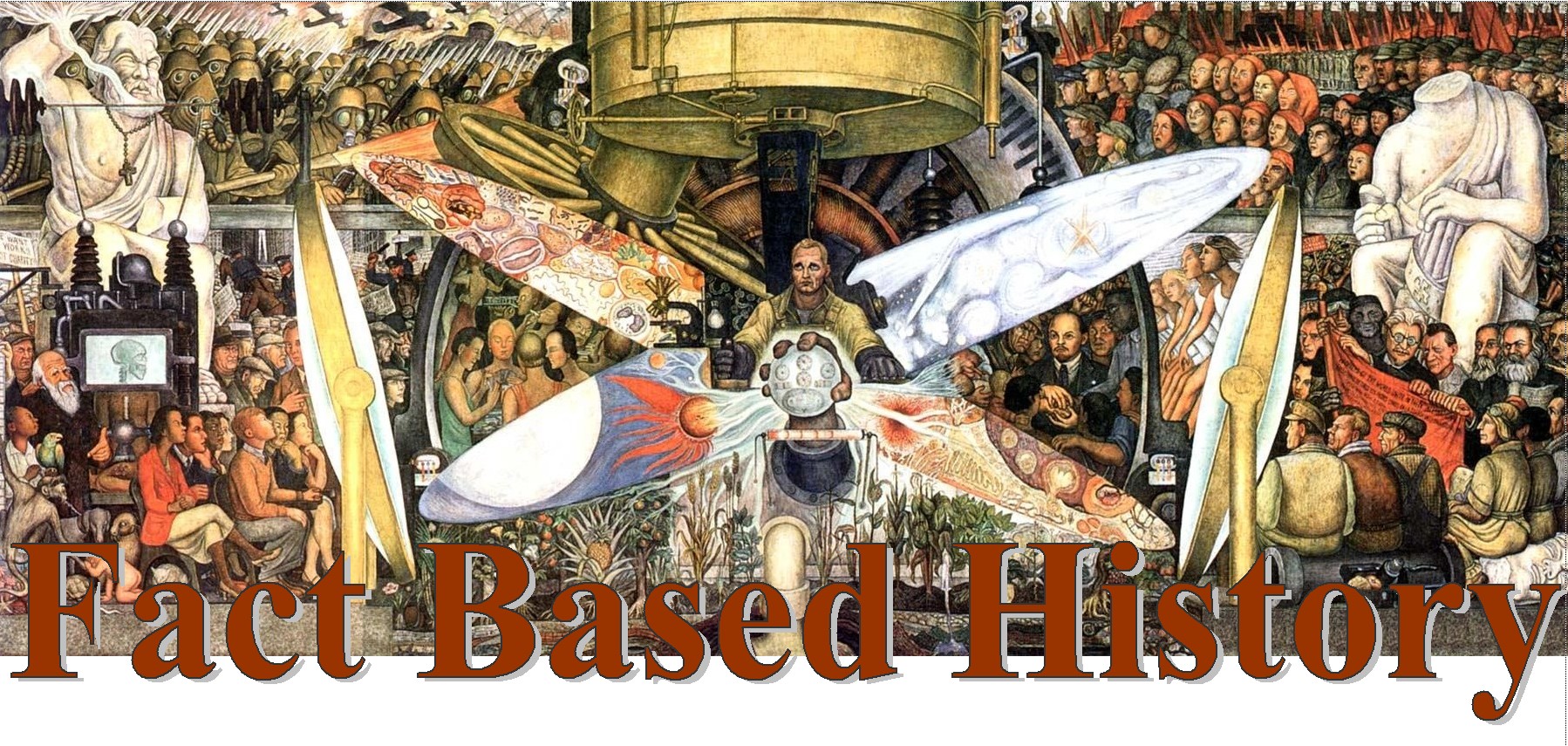Membership Options 24
You must register to view the page you requested.
There is no money cost for registration at this time.
However, we would like to ask you to leave a comment for each page you visit.
(Feel free to point out problems, spelling, grammar or anything that is wrong; otherwise, just tell us what you think.)
Thank you.
Annie
.
